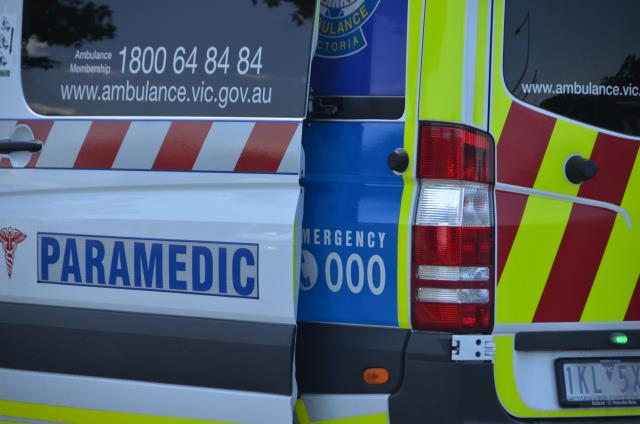There will be more paramedics on the road and sent to the Loddon Mallee Region, as the pandemic continues to put a strain on ambulance services.
Ambulance Victoria’s (AV) latest performance data for the third quarter of 2021-22 indicates a slight decrease in response times to code one calls, or critical emergencies, despite record demand.
According to the data, response times in Gisborne are improving with paramedics getting to 71.3 per cent of code one patients within 15 minutes, compared to 66.7 per cent the same time last year.
The average response time to code one patients was 13 minutes and three seconds, down 23 seconds on the 13 minutes and 26 second response time in the same period last year.
Ambulance Victoria Loddon Mallee Acting Regional Director Amelia Kohn said to respond to increasing demand, 700 paramedics were recruited in 2021.
Fifty-seven of the graduate paramedics started on May 2, with eight headed to branches in the Loddon Mallee Region, including to Gisborne and Kyneton.
“This recruitment drive continues with 174 paramedics already on board so far this year to help get more ambulances on the road and to patients quicker,” Ms Kohn said.
“I welcome all our new graduates and already experienced paramedics and wish them the best for long and rewarding careers at Ambulance Victoria.”
Ms Kohn said the organisation remained “very busy”, attending about 1800-2000 cases a day across the state, and reminded the community to only call triple zero in an emergency.
A spokesperson from the ambulance union, Ambulance Empoyees Australia Victoria, said members were finding it increasingly difficult to keep “soldiering on”.
“Taking pressure off the system is the first priority and the creation of alternative pathways for healthcare is a critical step in that process,” he said.
“Many ambulance workers are finding that they need to limit their exposure to work to provide themselves with an opportunity to recharge their batteries.”
He also said the Macedon Ranges region was “always at risk” because its proximity to the city requires ambulance crews to take patients to metro hospitals.
“[This] leaves them vulnerable and makes it difficult for them to get back to their region,” he said.







